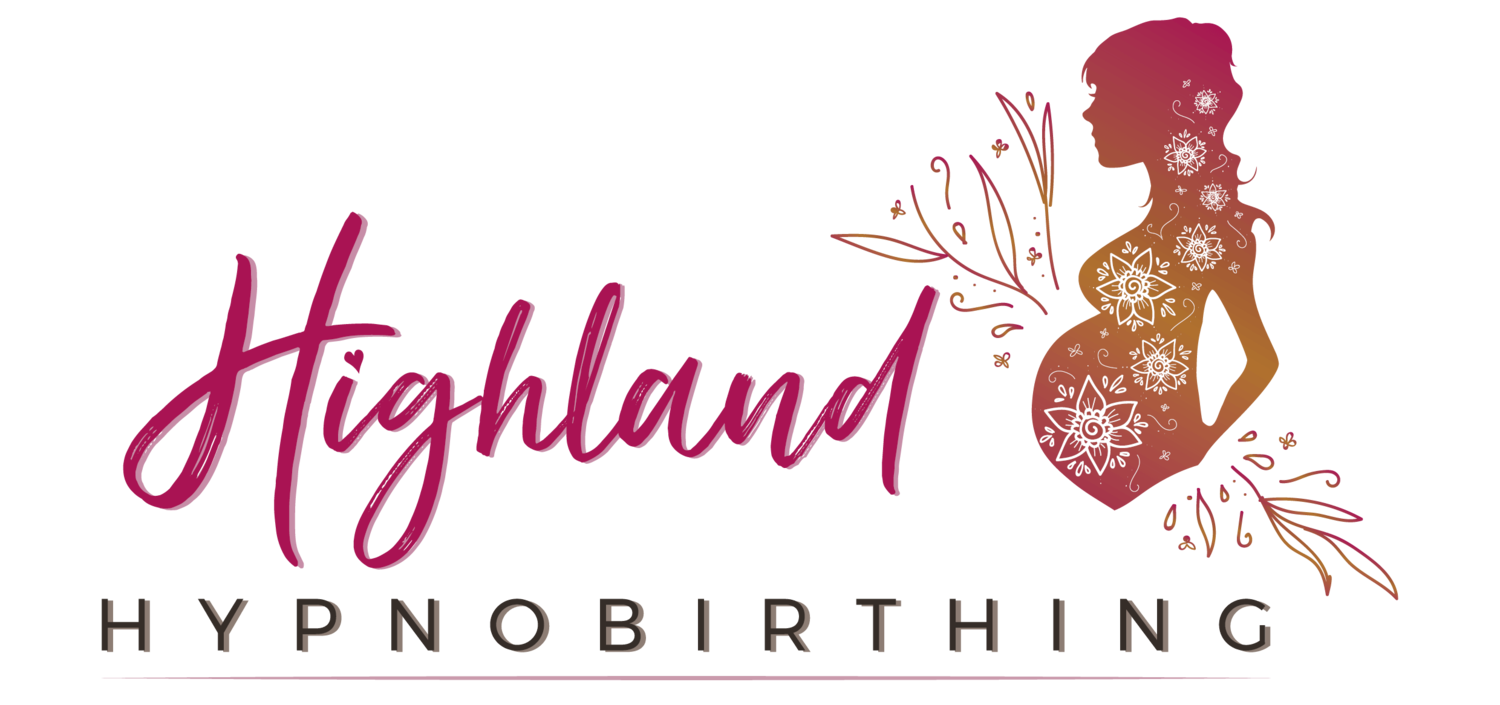8 Ways the Body Adapts to Make Birth Easier
HOW MANY TIMES have you read that childbirth is challenging or complicated or difficult? And yet our bodies have been DESIGNED to give birth!
Let’s talk about that instead, because if you want to stack the odds in your favour of a better birth reading stuff about challenges isn’t going to help you.
Every birth takes courage, confidence and love, and I have absolute respect for every woman out there who has birthed her baby in whatever way was safest and best for them on the day. Yes there can be complications but this blog isn’t about that, this is about the amazing ways a woman’s body has been engineered for birth.
Reading this will blow your mind.
1) THE pelvis
The shape of the pelvis, the muscles, the hormones - all of these work together to bring your baby into the world.
Is the pelvis designed for childbirth? Yes.
A woman’s pelvis, located between your hip bones, tends to be wider and flatter than a man’s. It also has a wider space to allow your baby to pass through. During pregnancy more of the hormone relaxin is released into your body which relaxes the ligaments around the pelvis enabling it to open with greater ease.
2) The uterus
Within your pelvis is your uterus, cervix and vagina which are supported by a group of muscles. During birth the muscles at the top of your uterus contract (think period cramping) which nudge down onto your baby and, along with a good dose of the cuddle hormone oxytocin, stimulates contractions.
3)the cervix
As you get closer to going into labour your cervix becomes softer and thinner (effacement) in preparation for dilation (when it opens up and widens) so that your baby can move into the birth canal. Sometimes you will also see what’s referred to as a bloody show - a pinkish plug of mucus (occasionally streaked with blood hence the name)
4) Rhombus of Michaelis
The Rhombus of Michaelis (nope, not a constellation of stars and yes, you do have one!) is the shape of a kite and includes the three lower lumbar vertebrae, the sacrum and the long ligament that reaches from the base of your skull to the sacrum. It plays an important role in labour (and like most people, you’ve probably never ever heard of it!)
If your baby is in a good position for birth (facing towards your spine with its back to your belly) then its head will press against the nerves of the Rhombus of Michaelis causing an opening up the back.
This opening (of the back) increases the diameter of the pelvis and gives your baby maximum space to turn as they navigate their way into the world.
This is one of the reasons why an active birth is so much more effective - how can we expect this much movement if we are lying flat on our backs defying gravity and instead of giving freedom to the Rhombus of Michaelis we are pilling weight on it?
Although this movement temporarily destabilises the pelvis (a woman often instinctively reaches for something to hold onto for support at this moment), it usually returns to its regular position quickly.
Two things that interfere with this natural process are a) lying on your back and b) having an epidural because this silences the nerves which trigger the movement. * An active birth, where you lean upright and forward can be much more supportive, and being able to reach up for support and hold onto the rear of the bed headboard or a rope suspended from the ceiling (in forward thinking hospitals and birth centres) better supports nature to do its thing. Read this blog about why an active birth is better.
5) Natural Expulsive Reflex aka foetal ejection reflex
Sounds like an expensive piece of kit doesn’t it?!
This reflex is what cancels out the need for forced pushing (sometimes referred to as purple pushing). When your baby is moving down the birth canal there is a natural force (bearing down) which means that that will happen whether you are actively pushing or not.
This is often the point where women say their body took over, or they felt a bit unsure of what was going on because it’s such a powerful sensation outwith their own control. Your body will do this naturally and better without interference.
Think about when you need to go to the loo - you don’t wander off and sit on the loo to see if you can do a poo do you? You have the sensation of movement within your bowels and you go the loo in time for that to happen. You don’t force it, and you don’t go to the loo just in case you can poop. And, let’s just talk more bodily functions 😂 , when you vomit no amount of putting your hands over your mouth is going to stop it from coming. Your body naturally expels whatever it needs to expel in that moment so consider this an official eviction notice for your baby!
6) COCCYX
Your coccyx aka tailbone, is also designed to move out of the way as your baby’s head moves down. Sitting or lying on it restricts this movement and can contribute to ongoing pain post birth. The solution? If you are told to lie on your back, ask the reason why.
7) The Perineum
The perineum is a muscle between your vaginal opening and your back passage. It stretches to create space for your baby to come out. From 34+ weeks pregnant women can do perineal massage which helps relax this muscle (for ease of stretching) and is thought to support its elasticity.
So, a woman’s body? Incredible. Amazing. Inspiring, nothing short of miraculous. And of course you have a little team member helping you out too so it’s only fair to include an 8th way birth is made easier.
8) Baby’s head
Often there’s a panic thought of how on earth is my baby’s head going to fit through? There might be talk of watermelons or bowling balls, neither helpful! But again nature has considered before creation; the bones in your baby’s skull overlap and reduce in circumference so that your baby’s head can come out more easily. This is one of the reasons a newborn’s head might look a little bit cone-shaped! Don’t worry, in time it will return to a normal shape.
Amazed? It still blows my mind! If this is the sort of women’s wisdom that you’d love to know more about then join us in The Prenatal Snug; the online sanctuary designed to support you to have a better birth. Check it out here.







